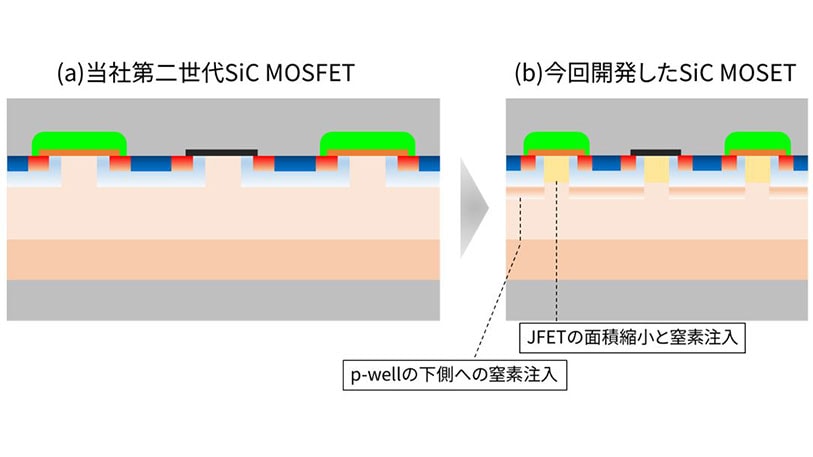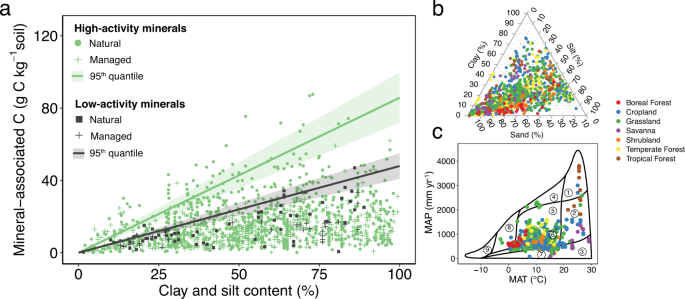特殊な細菌がガス発酵を高速化する「二環式炭素固定」経路を解明 Scientists Mapped Out a “Bicyclic Carbon Fixation” Pathway for Speeding Up Gas Fermentation in Specialized Bacteria
2022-07-27 アメリカ国立再生可能エネルギー研究所(NREL)
ガス発酵菌の新しい経路を利用して、この燃料前駆体の生産量を向上させる方法を明らかにした。
これにより、生物学的手法を用いた産業規模でのCO2回収・変換の可能性に光を当てた。
研究チームは、NRELが開発した「PathParser」というコンピューターモデルと最先端の遺伝子ツールを使って、Clostridium ljungdahliiというガス発酵菌の一種に新しいCO2固定経路を作り出したのである。
<関連情報>
- https://www.nrel.gov/news/program/2022/not-just-bread-and-beer-microbes-can-ferment-carbon-dioxide-to-make-fuel-too.html
- https://www.nature.com/articles/s44160-022-00095-4
ガス発酵菌の二環式炭素固定経路によるアセチルCoA合成 Acetyl-CoA synthesis through a bicyclic carbon-fixing pathway in gas-fermenting bacteria
Chao Wu,Jonathan Lo,Chris Urban,Xiang Gao,Bin Yang,Jonathan Humphreys,Shrameeta Shinde,Xin Wang,Katherine J. Chou,PinChing Maness,Nicolas Tsesmetzis,David Parker & Wei Xiong
Nature Synthesis Published:23 June 2022
DOI:https://doi.org/10.1038/s44160-022-00095-4

Abstract
Gas-fermenting acetogens can upgrade one-carbon (C1) compounds (such as CO2 and CO) to the two-carbon (C2) metabolite acetyl coenzyme A (CoA) and convert sugar feedstocks to acetyl-CoA with minimal CO2 emissions. Fulfilling the biosynthetic potential of these microbes requires overcoming challenges in pathway engineering. Here we design a synthetic acetyl-CoA bi-cycle—in addition to the natural carbon-fixing pathways—for C2 metabolite synthesis. This pathway produces an acetyl-CoA by fixation of two CO2 equivalents via three functional modules acting in sequence: carbon fixation, gluconeogenesis and non-oxidative glycolysis. The pathway was examined by in silico thermodynamic and kinetic analyses. The prototypic pathway was implemented in a syngas-fermenting organism, Clostridium ljungdahlii DSM 13528, by expressing a heterologous phosphoketolase that can work with other native enzymes in the host acetogen. The carbon conversion pathway is possible under various growth conditions and is independent of the Wood–Ljungdahl pathway for the valorization of H2 and CO2. This study reports the improvement of carbon conversion using a reductive acetyl-CoA bi-cycle and the potential impact of redox homoeostasis in the acetogenic host for industrial applications of gas fermentation.



